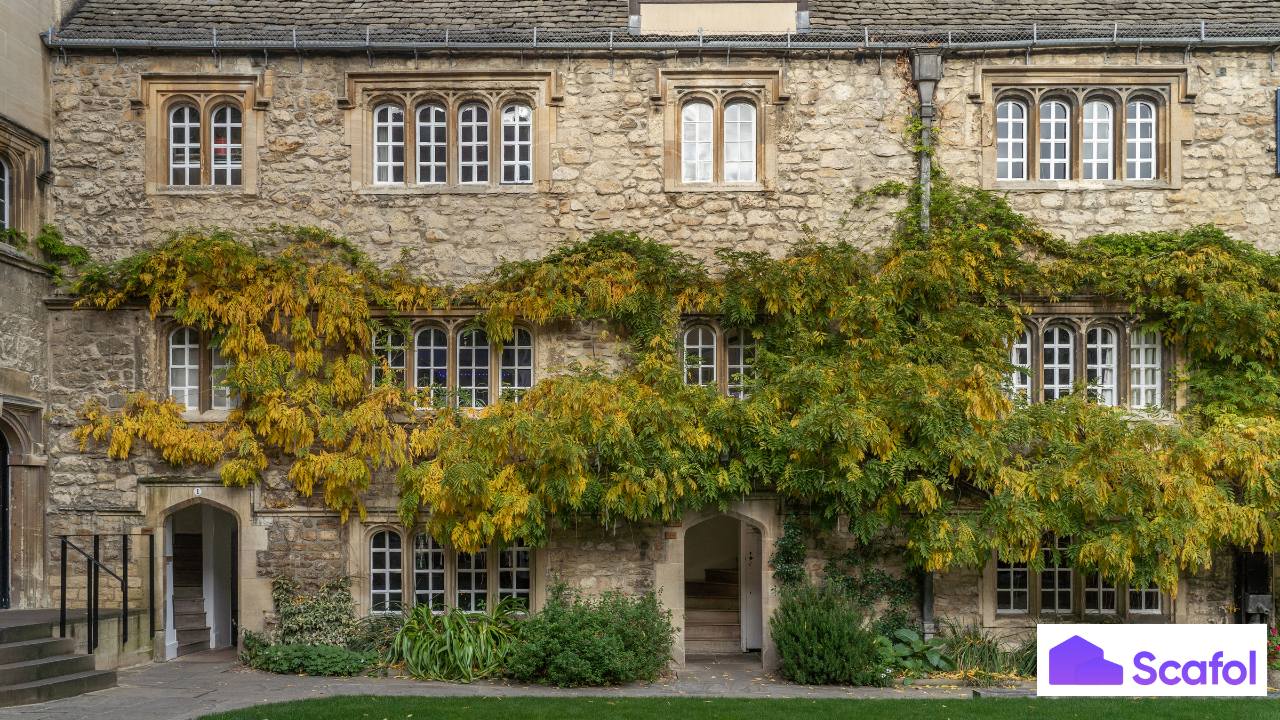
Background and Importance
Moisture is one of the leading causes of damage in traditional and historic buildings. It can manifest in many forms, such as rising damp, penetrating damp, condensation, and roof leaks, all of which can lead to structural decay, material degradation, and the growth of harmful mould. In older properties, particularly those built before the 20th century, moisture problems can be complex due to the variety of materials used, the construction methods, and the unique characteristics of each building. For property professionals, including surveyors, conservationists, and building contractors, understanding the principles of moisture investigation is crucial. Traditional buildings often have complex moisture profiles that require expert assessment to identify the cause of issues and recommend appropriate solutions. That’s where this new Joint Position Statement becomes invaluable.
Key Principles of the Position Statement
The Joint Position Statement outlines key principles and competencies that professionals should follow when investigating moisture problems in historic buildings. The document’s aim is to ensure that any intervention or treatment is in line with best practice and respects the unique nature of these structures.
1. Understanding of Building Science and Materials
The statement emphasizes the importance of understanding the science of moisture movement and how it interacts with the materials commonly used in traditional buildings, such as brick, stone, timber, and lime-based renders. Professionals are encouraged to have a strong grasp of the physical principles that underpin moisture behaviour to avoid misdiagnosing issues or proposing inappropriate solutions.
2. Comprehensive Building Investigation
A thorough investigation is essential to assess the full scope of the problem. The statement stresses that professionals should not rely on surface-level inspections or standardised methods. Instead, they should use a range of diagnostic tools and techniques, including moisture meters, thermography, and detailed visual inspections, to understand the extent of the issue.
3. Identification of Root Causes
The statement encourages surveyors and conservation specialists to focus on identifying the root causes of moisture problems rather than simply addressing the symptoms. This includes investigating potential sources of water ingress (e.g., leaking roofs or faulty gutters) and addressing underlying issues such as inadequate ventilation or poor building maintenance.
4. Avoiding Harmful Interventions
An important aspect of the Joint Position Statement is the emphasis on avoiding solutions that could cause further damage to the building. For example, the use of inappropriate damp-proofing treatments or materials can exacerbate moisture problems in traditional buildings. Professionals are urged to consider the long-term impact of any intervention on the building’s health, appearance, and historical value.
5. Competency Requirements
The Statement also sets out the competencies required for professionals to carry out effective moisture investigations. It highlights that a multi-disciplinary approach is often needed, involving expertise in building conservation, materials science, and environmental science. The document outlines the need for professionals to be appropriately trained and qualified, particularly in the context of historic buildings, where the stakes are high and the methods are different from those used in modern construction.
Collaboration and Purpose
The collaboration between RICS, Historic England, and the PCA reflects a shared recognition of the complexity of managing moisture in traditional buildings. Each of these organisations brings a unique perspective to the table:
- RICS offers guidance on professional standards and ethics for surveyors working with historic properties.
- Historic England contributes its expertise in the conservation of the historic built environment, ensuring that the guidance reflects best practice in heritage preservation.
- PCA provides technical expertise in the treatment and prevention of damp and decay, drawing from its extensive experience in managing moisture-related issues in buildings.
Together, these organisations aim to provide a balanced, evidence-based approach to moisture investigation that respects both the technical aspects of the building fabric and the historical significance of the structures.
The Impact on Professionals
The Joint Position Statement will be a valuable resource for professionals working with traditional buildings, offering a structured framework for tackling moisture-related issues. By following the guidelines, surveyors, contractors, and conservationists will be better equipped to diagnose moisture problems accurately, recommend the most effective solutions, and preserve the integrity of historic buildings for future generations.
Conclusion
Moisture-related issues in traditional and historic buildings are a common yet complex challenge, requiring a sensitive, informed approach to both diagnosis and treatment. The collaboration between RICS, Historic England, and the PCA in producing this Joint Position Statement is a significant step forward in raising standards and ensuring that professionals have the knowledge, skills, and competencies necessary to protect these valuable assets. By adhering to the principles outlined in the document, property professionals can ensure that their work supports the ongoing preservation of the nation’s heritage while tackling the challenges posed by moisture with expertise and care. For more information, the full Joint Position Statement is available on the RICS website.

















 Book a Demo
Book a Demo